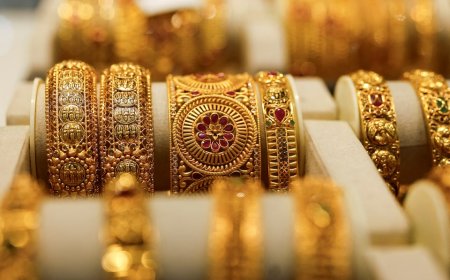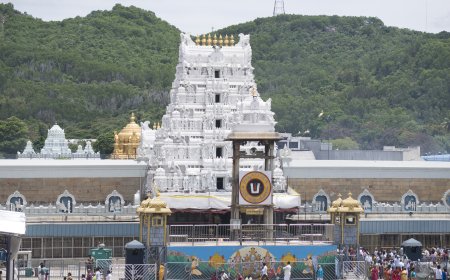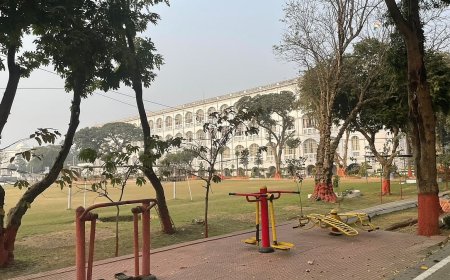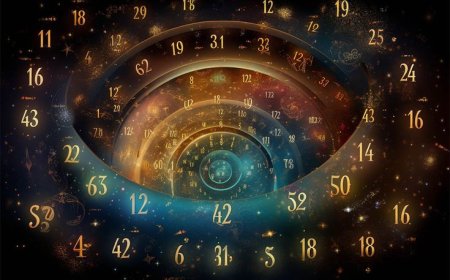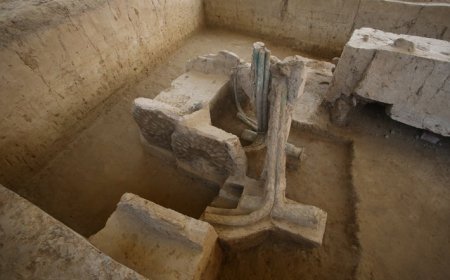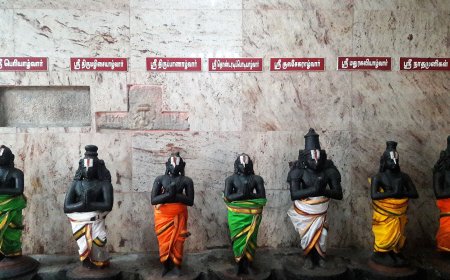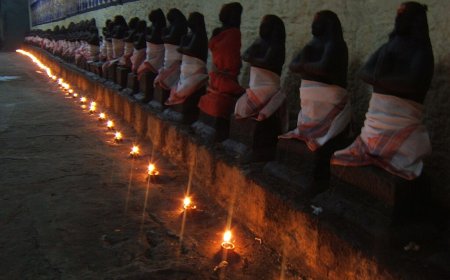Japanese Light Pillars: Alien Invasion Or Something Else?
Photos of mysterious light pillars over Japan’s night sky went viral, sparking supernatural theories. These awe-inspiring phenomena, known as "isaribi kochu," are actually rare atmospheric events.
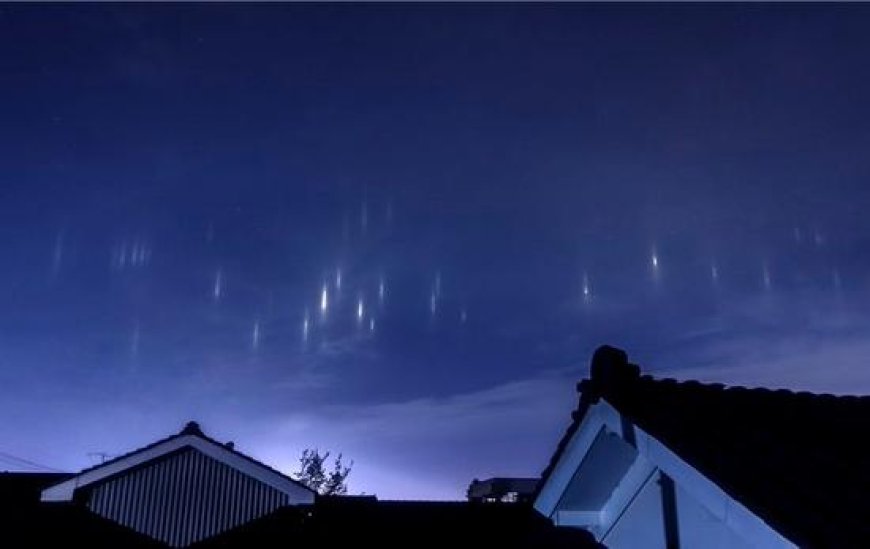
The natural world is full of occurrences that may seem magical or supernatural. Earlier this month, stunning photos of nine suspended lines or pillars of light in the Japanese night sky went viral. These photos were taken over the coastal town of Daisen in Japan’s Tottori prefecture. As the post gained over 12 million views, another person shared a photo showing similar pillars of light over Nariishi Beach in Kotoura Town, located just 12.7 km east of Daisen.
Maashii, who clicked the first photo, told Japanese website Hint-Pot that he has only seen these mythical-looking lights three or four times since moving to Daisen nine years ago. When he spotted them at 10 pm on May 11, he quickly took out his phone and captured some pictures.
As these photos circulated across social media platforms, many speculated that the lights were signs from aliens, appearances of angels, or signals of an extraterrestrial invasion. Some even joked that it seemed like scenes from a sci-fi manga series coming to life.

However, the reality behind these lights is just as awe-inspiring as the conspiracy theories. According to a 2015 article in Japan Today, many coastal towns in Japan witness the emergence of similar “pillars of light.” They occur when overnight temperatures drop and water vapor in the air forms lines of ice crystals. Occasionally, the weather conditions allow these crystals to form without any precipitation, causing them to stand suspended in the air. The light from shipping boats hits these crystals, reflecting the light and creating the appearance of bright light rods. This phenomenon is called “isaribi kochu,” which translates to “fish-attracting light pillars.”
Despite their beauty, “isaribi kochu” are rare to spot. According to Japan Today, even lighthouse staff get to witness them just once a year.
